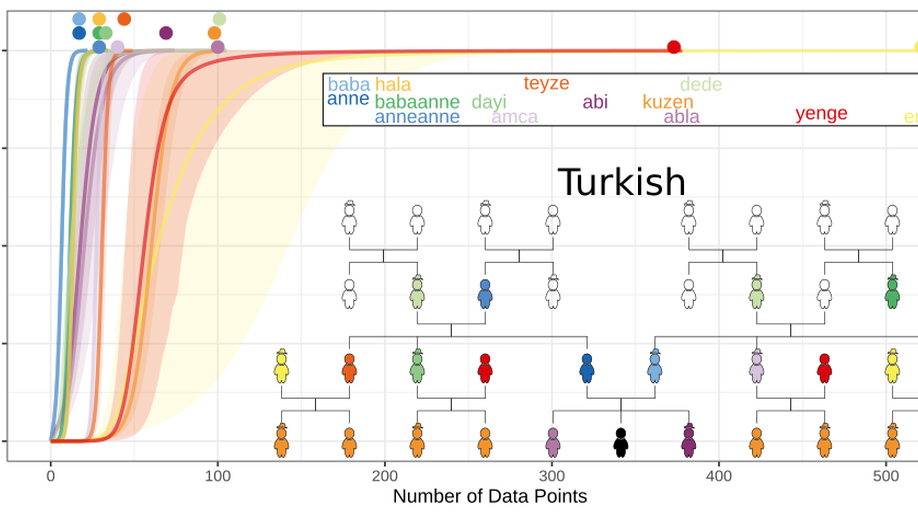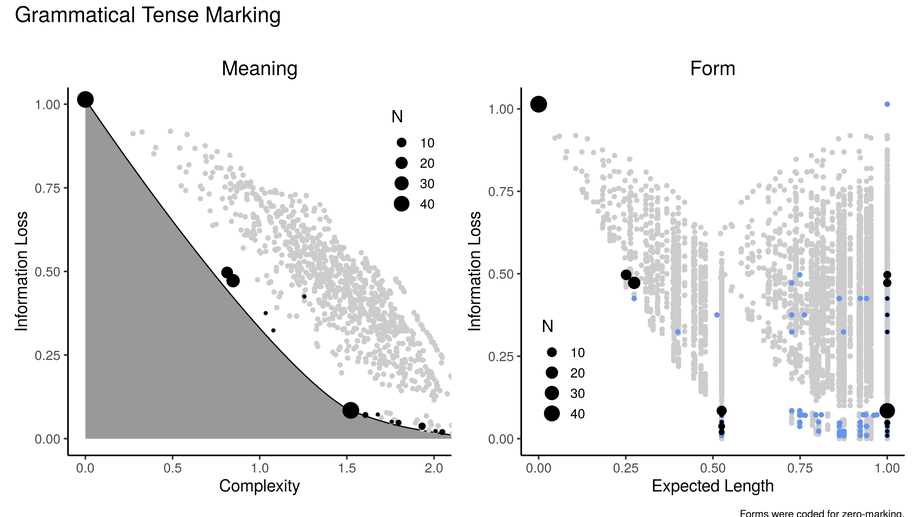Frank Mollica
Lecturer in Computational Cognitive Science
University of Melbourne / University of Edinburgh
I am a Lecturer in Computational Cognitive Science at the Complex Human Data Hub, School of Psychological Sciences, University of Melbourne, an Honorary Fellow at the Institute for Language, Cognition and Computation, School of Informatics, University of Edinburgh and an associate member of the Center for Language Evolution at the University of Edinburgh.
My research uses computational and experimental techniques to investigate how children and adults construct rich conceptual systems that support everyday cognition and how these conceptual systems interface with language. I am also interested in characterizing the cognitive efficiency, diversity, evolution and transmission of these conceptual systems. A second strand of my research uses experimental methods and information theoretic models of language-processing to investigate how we actively build representations of context and how these contexts influence semantic and pragmatic computations.
Representative Publications

Logical word learning: The case of kinship
Over the course of development, children misuse words in systematic ways. For example, young children under-extend terms (using blanky to only refer to their blanket) and slightly older children over-extend terms (using doggy for any four legged creature). In this paper, we formalize a model of conceptual development from first principles and implement it to explain children’s behavior as they acquire kinship terms in four different languages/cultures (Pukapuka, English, Turkish & Yanomamo). We find that the broad patterns of ‘mistakes’ seen in children are predicted by our model of conceptual development. We describe how inductive biases, data-driven learning and the environment could give rise to these patterns including over-/under-extension, the characteristic-to-defining shift and the order of acquisition of kinship terms.

The forms and meanings of grammatical markers support efficient communication
Grammatical marking of features such as number, tense and evidentiality varies widely across languages. Despite this variation, we show that grammatical markers support efficient information transfer from speakers to listeners. We apply a formal model of communication to data from dozens of languages, and find that grammatical marking achieves a near-optimal balance between maximizing informativeness and minimizing codelengths. Our approach shows how general information-theoretic principles can capture variation in both form and meaning across languages.